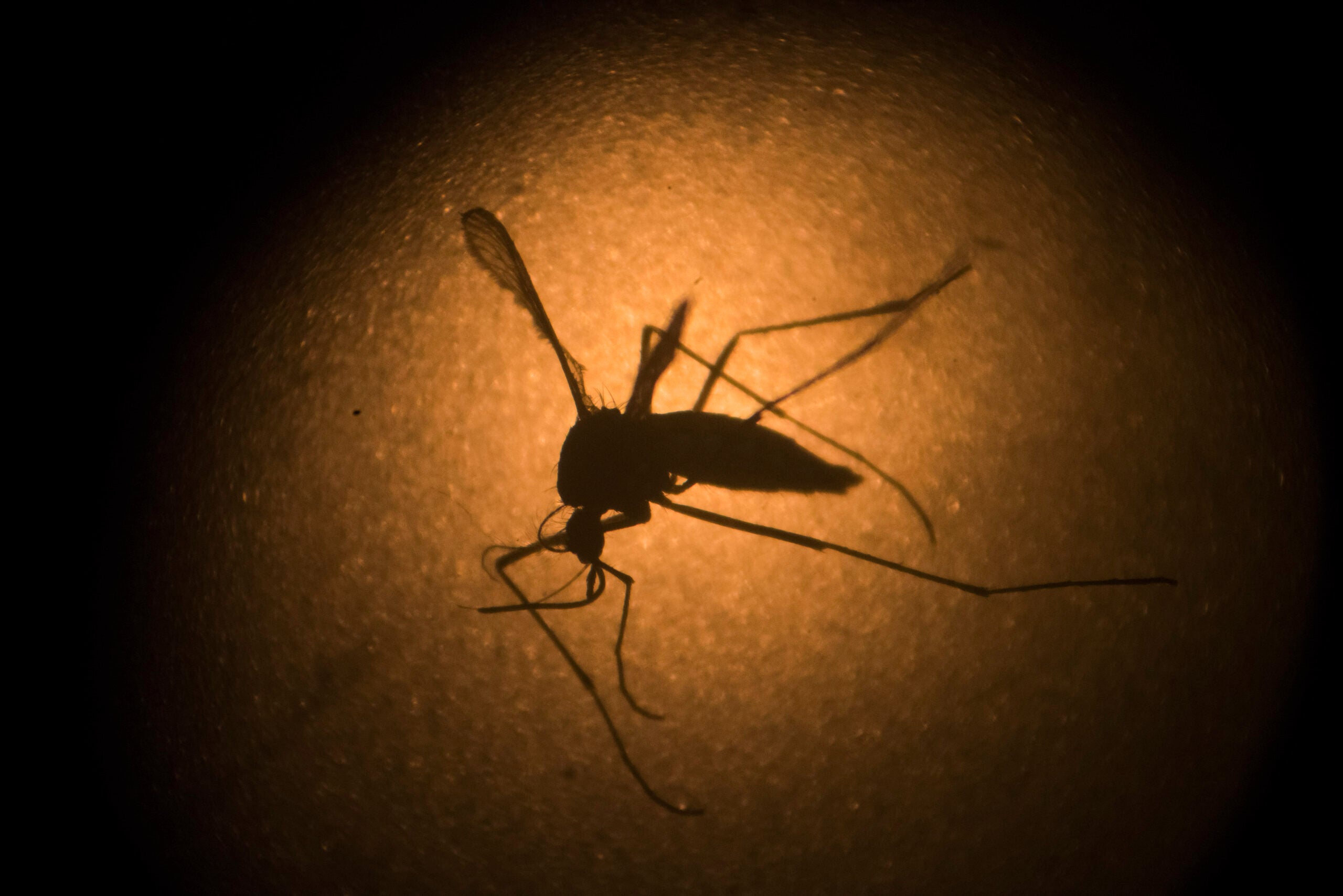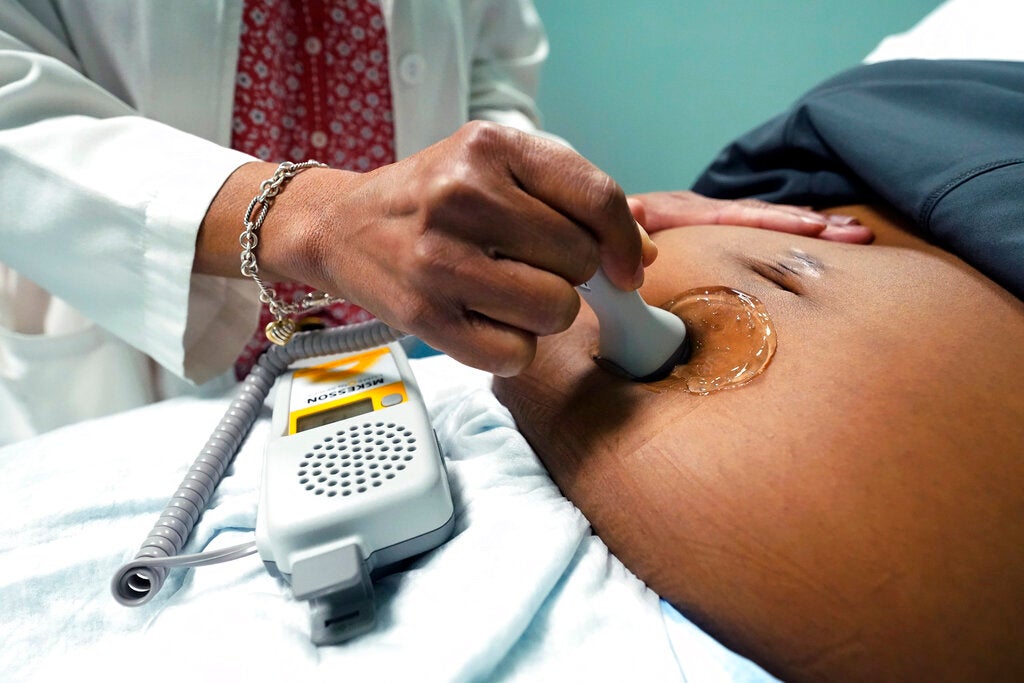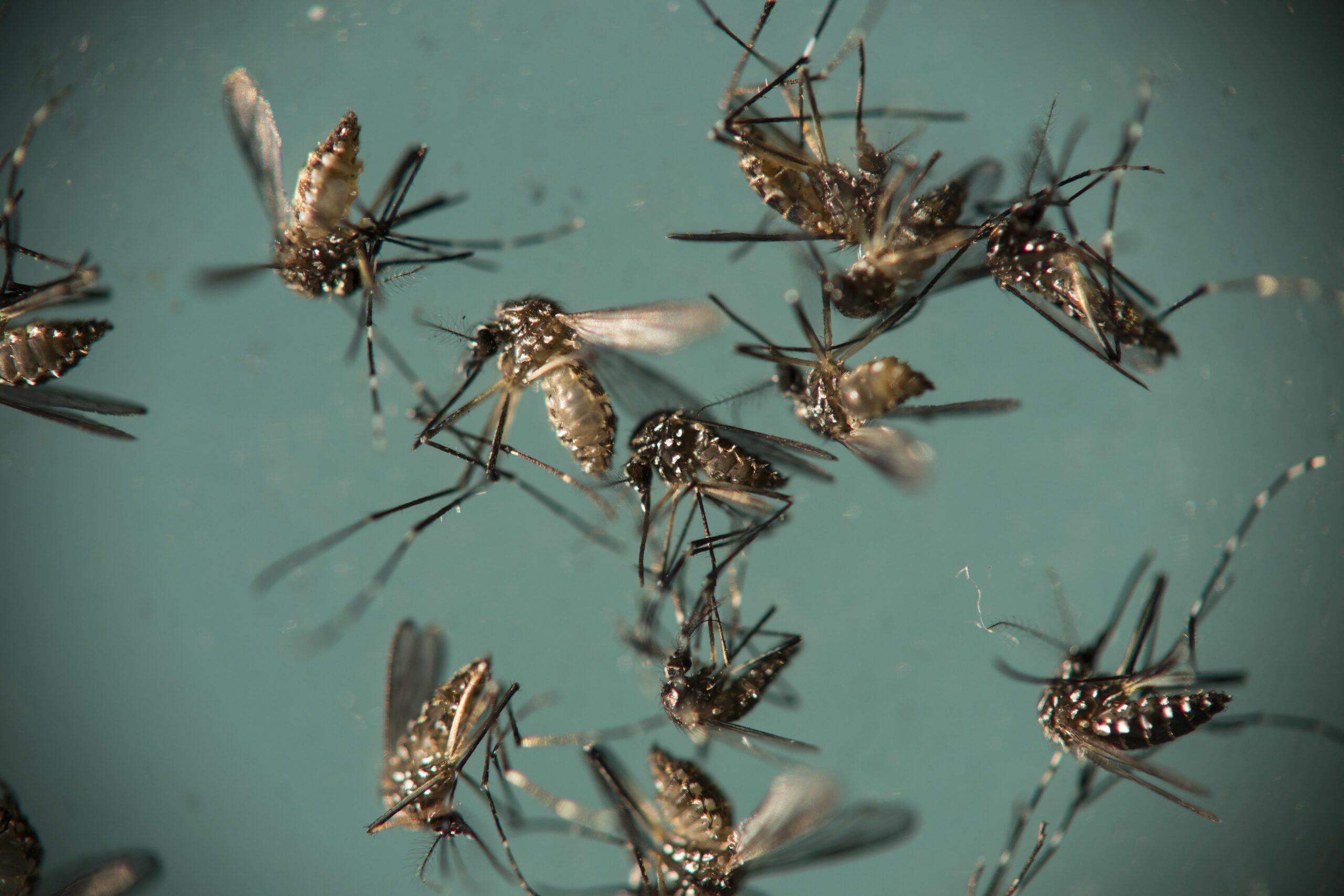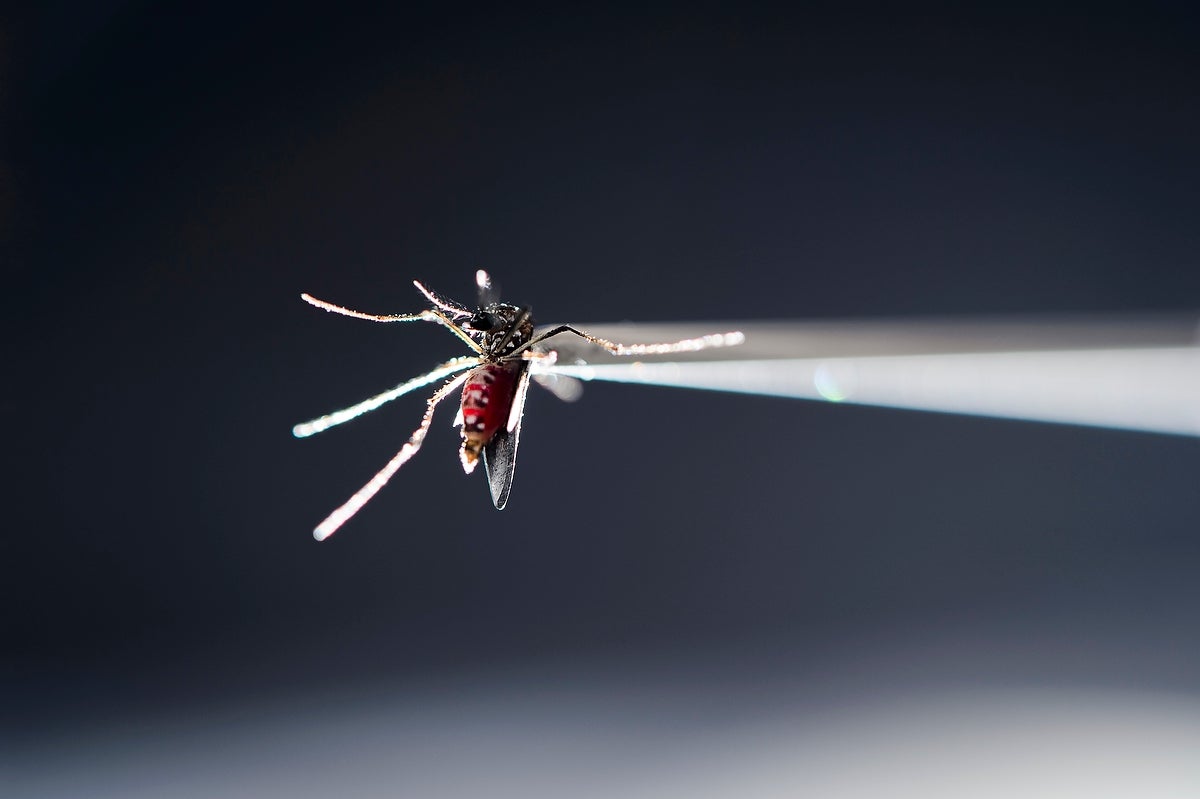As scientists worldwide try to develop a vaccine for the Zika virus, they’re also trying to find out how widespread the virus is, since many pregnant women don’t have symptoms.
Meanwhile, University of Wisconsin-Madison researchers say research on monkeys indicates the damage to infected newborns may be more extensive than thought.
Some of the earliest research following the Zika outbreak predicted microcephaly, when a baby’s head is abnormally smaller than expected, “might be just the top of the iceberg.”
News with a little more humanity
WPR’s “Wisconsin Today” newsletter keeps you connected to the state you love without feeling overwhelmed. No paywall. No agenda. No corporate filter.
Now there’s evidence other Zika-related deformities could start appearing. Zika is a virus spread mostly by Aedes species mosquito, according to the Center for Disease Control and Prevention.
“This study might suggest that the iceberg might be larger than we had previously thought if in fact the exposure of the fetus in utero to the virus is more widespread than we realized,” said Ted Golos, professor of comparative biosciences and obstetrics and gynecology at UW-Madison.
UW-Madison researchers, along with those from Duke University and the University of California, Davis, found a high level of Zika transmission from rhesus macaque monkeys to their newborns. And while none had microcephaly, the eyes of the fetus showed damage.
UW-Madison researchers infected two monkeys early on in their pregnancy and another two monkeys in the later stages of pregnancy.
All the fetuses had widespread infection in their tissue. The monkeys didn’t have small heads nor did they have skeletal or muscular deformities. But researchers did find widespread inflammation from Zika in monkey fetal tissue.
“That’s the power of the animal model. We’re documenting that there might be broader exposure in utero than we realized,” Golos said. “And that it underscores the need for careful assessment even if the infant appears normal at birth.”
“We don’t know what’s going to happen with these kids as they develop, the children born to women that were infected with Zika. In fact, many women don’t even know they’re infected; because most infections are asymptomatic,” Golos said.
How Zika effects newborns varies; sometimes according to region. Golos said as many as 30 percent of babies infected with Zika in northeastern Brazil had microcephaly or other birth defects. Follow-up studies in the United States and Columbia suggest a lower percentage of visible birth defects.
“I think the epidemic is still too new to have a good assessment for kids that appeared normal at birth as to what the spectrum of developmental abnormalities might be,” Golos said.
Since 2016, Wisconsin has had 67 cases of confirmed Zika — all are travel-related. Most of the cases involved foreign travel, but one person had come from Miami.
Wisconsin Public Radio, © Copyright 2026, Board of Regents of the University of Wisconsin System and Wisconsin Educational Communications Board.





